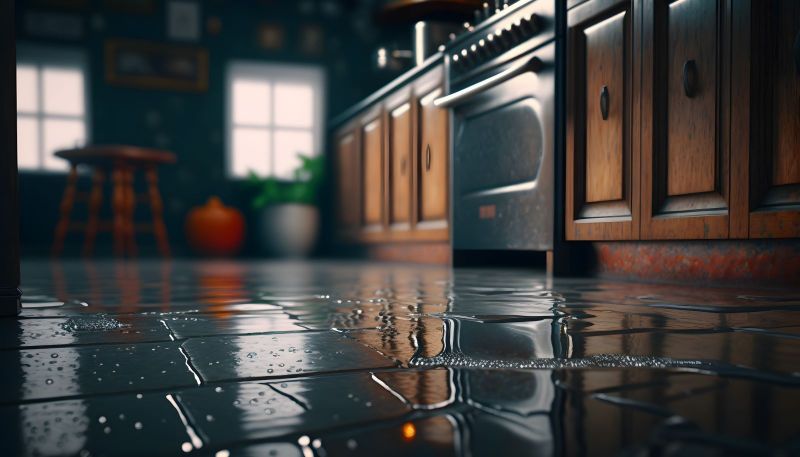Water damage can be a homeowner's worst nightmare. Whether it's caused by a burst pipe, a leaking roof, or a natural disaster, the aftermath of water damage can be devastating. It can lead to structural damage, mold growth, and damage to your personal belongings. Understanding the process of water damage restoration is crucial for mitigating these issues and getting your life back on track. In this ultimate guide to water damage restoration, we will explore everything you need to know to navigate this challenging situation effectively.
- Assess the Situation
The first step in water damage restoration is to assess the extent of the damage. Before you can begin any restoration work, you need to understand the scope of the problem. Start by identifying the source of the water and stopping it if possible. Then, evaluate the affected areas, including walls, ceilings, floors, and personal belongings. This assessment will help you determine the severity of the damage and what steps need to be taken next.
- Ensure Safety
Safety should be your top priority when dealing with water damage. Before entering a water-damaged area, make sure the electricity is turned off. Water and electricity do not mix well and can pose a significant risk. Additionally, be cautious of structural damage that may have occurred due to the water. If there's any doubt about the safety of the area, it's best to wait for professionals to assess and handle the situation.
- Remove Water
Once it's safe to do so, the next step is to remove standing water from your property. Depending on the amount of water, you can use a variety of methods, including pumps, wet/dry vacuums, and buckets. Removing water quickly is essential to prevent further damage and mold growth.
- Dry and Dehumidify
After the standing water is removed, it's crucial to thoroughly dry and dehumidify the affected areas. This can be a time-consuming process, and it's essential to ensure that all moisture is eliminated to prevent mold growth. Industrial fans, dehumidifiers, and open windows can help with the drying process.
- Salvage and Restore Belongings
Water damage can wreak havoc on your personal belongings. It's essential to salvage and restore items that can be saved. This may include furniture, electronics, clothing, and sentimental items. Be sure to follow proper cleaning and restoration procedures for each item type or consider professional restoration services for valuable possessions.
- Address Structural Damage
Water damage can weaken the structural integrity of your home. Inspect walls, ceilings, and floors for any signs of damage or mold growth. It's crucial to address any structural issues promptly to prevent further deterioration and costly repairs down the line.
- Mold Prevention and Remediation
Mold can start growing within 24 to 48 hours after water damage occurs. To prevent mold, thoroughly dry all affected areas and use antimicrobial products to disinfect surfaces. If mold has already developed, it's essential to hire professionals for mold remediation to ensure safe and complete removal.
- Insurance Claims and Documentation
Contact your insurance company as soon as possible to report the water damage. Document the damage with photographs and keep records of all communication with your insurance adjuster. Understanding your insurance coverage and policy limits is essential to ensure you receive fair compensation for the restoration efforts.
- Professional Restoration Services
While you can handle some aspects of water damage restoration on your own, it's often best to enlist the services of a professional restoration company. They have the expertise, equipment, and experience to handle water damage effectively and efficiently, ensuring that your home is restored to its pre-damaged condition.
- Prevent Future Water Damage
Once your property is restored, take steps to prevent future water damage. Regular maintenance of your plumbing, roof, and drainage systems can help reduce the risk of water damage in the future. Consider investing in flood insurance if you live in an area prone to flooding.
Water damage restoration is a complex and challenging process that requires careful assessment, prompt action, and attention to detail. By following these steps and seeking professional help when needed, you can minimize the damage to your property and protect your home from further harm. Remember that safety should always come first, and when in doubt, consult with experts in water damage restoration to ensure a successful recovery from this unfortunate event.

